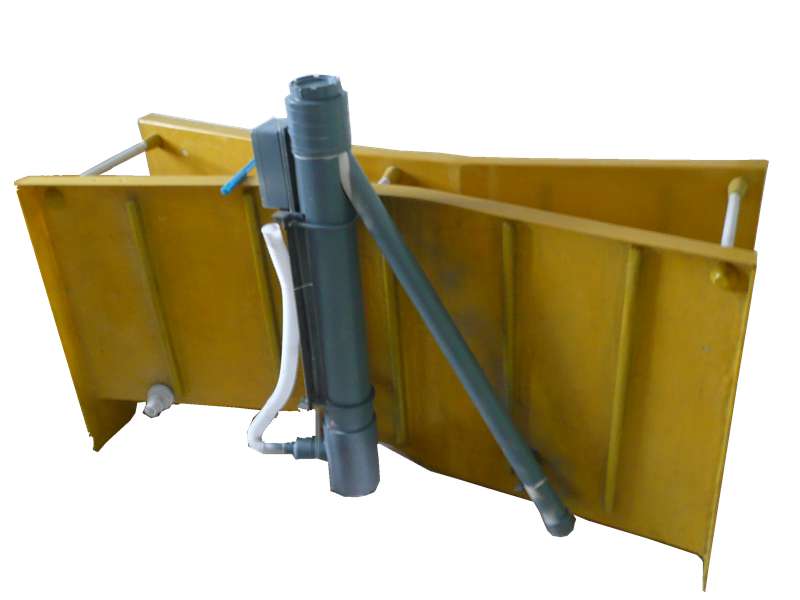
-
 Afrikaans
Afrikaans -
 Albanian
Albanian -
 Amharic
Amharic -
 Arabic
Arabic -
 Armenian
Armenian -
 Azerbaijani
Azerbaijani -
 Basque
Basque -
 Belarusian
Belarusian -
 Bengali
Bengali -
 Bosnian
Bosnian -
 Bulgarian
Bulgarian -
 Catalan
Catalan -
 Cebuano
Cebuano -
 China
China -
 China (Taiwan)
China (Taiwan) -
 Corsican
Corsican -
 Croatian
Croatian -
 Czech
Czech -
 Danish
Danish -
 Dutch
Dutch -
 English
English -
 Esperanto
Esperanto -
 Estonian
Estonian -
 Finnish
Finnish -
 French
French -
 Frisian
Frisian -
 Galician
Galician -
 Georgian
Georgian -
 German
German -
 Greek
Greek -
 Gujarati
Gujarati -
 Haitian Creole
Haitian Creole -
 hausa
hausa -
 hawaiian
hawaiian -
 Hebrew
Hebrew -
 Hindi
Hindi -
 Miao
Miao -
 Hungarian
Hungarian -
 Icelandic
Icelandic -
 igbo
igbo -
 Indonesian
Indonesian -
 irish
irish -
 Italian
Italian -
 Japanese
Japanese -
 Javanese
Javanese -
 Kannada
Kannada -
 kazakh
kazakh -
 Khmer
Khmer -
 Rwandese
Rwandese -
 Korean
Korean -
 Kurdish
Kurdish -
 Kyrgyz
Kyrgyz -
 Lao
Lao -
 Latin
Latin -
 Latvian
Latvian -
 Lithuanian
Lithuanian -
 Luxembourgish
Luxembourgish -
 Macedonian
Macedonian -
 Malgashi
Malgashi -
 Malay
Malay -
 Malayalam
Malayalam -
 Maltese
Maltese -
 Maori
Maori -
 Marathi
Marathi -
 Mongolian
Mongolian -
 Myanmar
Myanmar -
 Nepali
Nepali -
 Norwegian
Norwegian -
 Norwegian
Norwegian -
 Occitan
Occitan -
 Pashto
Pashto -
 Persian
Persian -
 Polish
Polish -
 Portuguese
Portuguese -
 Punjabi
Punjabi -
 Romanian
Romanian -
 Russian
Russian -
 Samoan
Samoan -
 Scottish Gaelic
Scottish Gaelic -
 Serbian
Serbian -
 Sesotho
Sesotho -
 Shona
Shona -
 Sindhi
Sindhi -
 Sinhala
Sinhala -
 Slovak
Slovak -
 Slovenian
Slovenian -
 Somali
Somali -
 Spanish
Spanish -
 Sundanese
Sundanese -
 Swahili
Swahili -
 Swedish
Swedish -
 Tagalog
Tagalog -
 Tajik
Tajik -
 Tamil
Tamil -
 Tatar
Tatar -
 Telugu
Telugu -
 Thai
Thai -
 Turkish
Turkish -
 Turkmen
Turkmen -
 Ukrainian
Ukrainian -
 Urdu
Urdu -
 Uighur
Uighur -
 Uzbek
Uzbek -
 Vietnamese
Vietnamese -
 Welsh
Welsh -
 Bantu
Bantu -
 Yiddish
Yiddish -
 Yoruba
Yoruba -
 Zulu
Zulu
Exploring the Benefits and Applications of FRP in Construction and Design
Understanding FRP Cover Applications and Benefits
Fiber Reinforced Polymer (FRP) cover is increasingly becoming a vital component in the construction and maintenance of infrastructure. Its composite nature, consisting of a polymer matrix reinforced with fibers, typically made from materials like glass, carbon, or aramid, offers a multitude of benefits that address various engineering challenges. In this article, we will delve into the core characteristics, applications, and advantages of FRP cover in modern engineering.
First and foremost, one of the standout properties of FRP is its impressive strength-to-weight ratio. Compared to traditional materials like steel and concrete, FRP cover is significantly lighter, making it easier to handle and install. This property not only translates to reduced transportation costs but also allows for more versatile designs, particularly in structures that require a lightweight solution without compromising strength and durability.
Understanding FRP Cover Applications and Benefits
Another important aspect of FRP cover is its thermal stability and low thermal conductivity. This attribute makes FRP an excellent choice for applications where temperature fluctuations can impact performance. For instance, in bridge construction, FRP cover can help reduce thermal stresses, preventing cracks and other damage that could arise from extreme temperature variations. Consequently, structures equipped with FRP covers are likely to experience lower rates of thermal expansion, leading to improved longevity and reliability.
frp cover

In the realm of construction, FRP covers have found applications in a variety of sectors. They are commonly used in the reinforcement of concrete structures, especially in areas that are prone to cracking due to tension forces. By incorporating FRP cover, engineers can enhance the structural integrity of beams, columns, and slabs, effectively improving the overall performance of buildings and infrastructure.
FRP covers also play a crucial role in retrofitting and rehabilitating aging infrastructure. Many existing structures, particularly bridges and roads, suffer from deterioration due to overloading or environmental exposure. Rather than demolishing and rebuilding, which can be costly and time-consuming, using FRP covers for repairs offers a more sustainable solution. These materials can be applied externally to reinforce weak areas, restoring strength and extending the service life of the existing structure.
Furthermore, FRP covers contribute to sustainable building practices. Their lightweight nature reduces the energy required for transportation and installation. Additionally, their long lifespan and resistance to degradation mean that structures require less frequent repairs or replacements, further alleviating the environmental burden associated with traditional materials.
In conclusion, the adoption of FRP cover in construction and infrastructure maintenance presents numerous advantages over conventional materials. Its strength, lightweight characteristics, corrosion resistance, and suitability for retrofitting make it a valuable asset in modern engineering. As the industry continues to seek innovative solutions for sustainability and efficiency, FRP cover surely stands out as a material that enhances both the performance and longevity of structures, ultimately benefiting future generations.
Latest news
-
Exploring the Benefits of Top Hammer Drifter Rods for Enhanced Drilling PerformanceNewsJun.10,2025
-
High-Precision Fiberglass Winding Machine for GRP/FRP Pipe Production – Reliable & Efficient SolutionsNewsJun.10,2025
-
FRP Pipes & Fittings for Shipbuilding - Corrosion-Resistant & LightweightNewsJun.09,2025
-
Premium FRP Flooring Solutions Durable & Slip-ResistantNewsJun.09,2025
-
Premium Fiberglass Rectangular Tanks Durable & Lightweight SolutionNewsJun.09,2025
-
Tapered Drill String Design Guide Durable Performance & UsesNewsJun.09,2025









